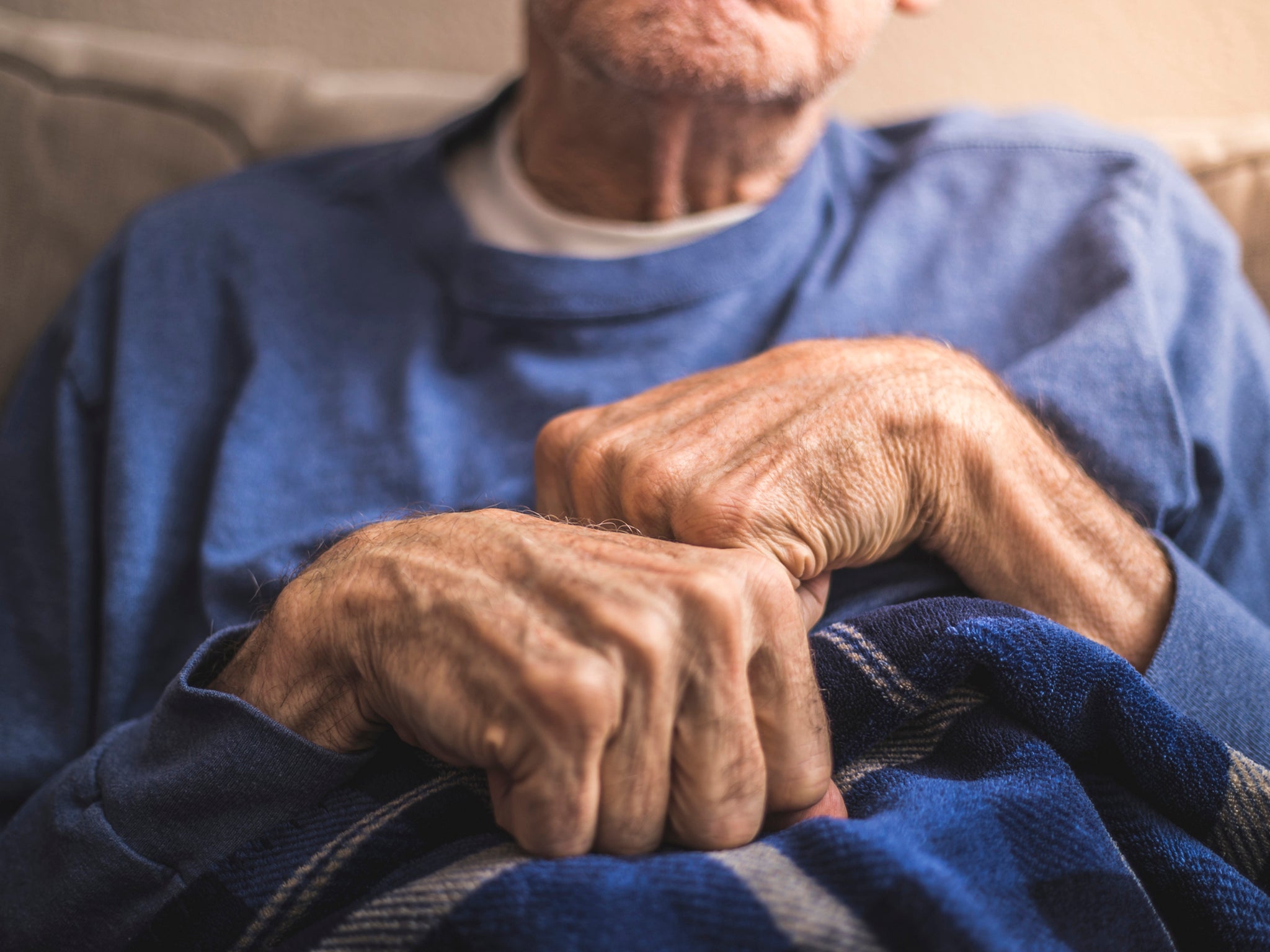Hospices are facing financial ruin – here’s how can we sustain end-of-life care
Hospices are facing increasing cost pressures. David Clark considers how to keep them from collapse

Your support helps us to tell the story
From reproductive rights to climate change to Big Tech, The Independent is on the ground when the story is developing. Whether it's investigating the financials of Elon Musk's pro-Trump PAC or producing our latest documentary, 'The A Word', which shines a light on the American women fighting for reproductive rights, we know how important it is to parse out the facts from the messaging.
At such a critical moment in US history, we need reporters on the ground. Your donation allows us to keep sending journalists to speak to both sides of the story.
The Independent is trusted by Americans across the entire political spectrum. And unlike many other quality news outlets, we choose not to lock Americans out of our reporting and analysis with paywalls. We believe quality journalism should be available to everyone, paid for by those who can afford it.
Your support makes all the difference.For the first time ever, one of Britain’s 200 independent hospices has closed its doors.
St Clare’s in Jarrow near Newcastle had been serving its community in the northeast of England for 30 years, raising most of its annual costs of £2.2m from local charitable giving. But after a trying period of medical understaffing, concerns from independent regulator the Care Quality Commission and mounting financial problems, it has had no choice but to shut down.
St Clare’s supporters are saddened and dismayed. The local MP has raised his concerns with the prime minister. Worryingly, the closure may be a sign of much bigger problems in the sector. Senior sources familiar with hospice finances tell me that up to 50 more hospices may be in difficulties.
Inspired by pioneers such as the English doctor Cicely Saunders, the hospice movement took root outside the National Health Service more than 50 years ago and quickly flourished. In the 1980s, 10 new independent hospices were coming into being in the UK every year. By the early 1990s a Conservative government pledged to match hospice fundraising pound for pound.
Since then, however, hospices have faced increasing cost pressures, of which the recent NHS pay rise is a typical example. Hospice managers want to implement it for their staff to keep in line with NHS practice, but it won’t be covered by new government money. Costs have also been driven up by greater regulation and the demands of commissioners and quality inspections.
As for the 50-50 funding pledge of the 1990s, it has never been met. Instead hospices are now receiving just one-third of their needs from the NHS. The rest of the their annual £1bn income comes from fundraising events, bequests and local charity shops. With the sector’s income from legacies also down £17m year on year, the umbrella charity Hospice UK, of which I am a vice president, has been sounding warning bells about sustainability. It has called a special conference on 12 February to work out how to respond.
Money matters
Despite these issues, independent hospices have been a success story in Britain. When the movement got properly underway with the opening of St Christopher’s in London in 1967, it went on to play a major part in caring for people at the end of their lives at a time when the NHS had little time for terminal care. Set up by their communities and run by local charities, scores of other hospices soon sprang up around the country, following St Christopher’s model of inpatient treatment.
Soon they started moving into caring for very sick people at home as well. They offered educational courses to train both hospice and NHS staff and did research studies and evaluations of their methods and outcomes. By the 1980s they were helping the UK health system to pioneer what came to be called “palliative care” – improving the quality of life of patients and their families by preventing and relieving suffering and in managing pain and other distressing symptoms.
So what has gone wrong? In an era where charitable giving has been hit by austerity, hospices simply cannot afford to do all the things they once could – especially when demand is growing. The reality is that they are currently propping up the NHS to the tune of £1bn in care each year, much of which should be provided by the state.
It’s time for radical action. That means closing expensive hospice inpatient facilities in a planned way – and investing resources elsewhere.

Compassionate communities
In this changed approach, hospices should enhance their commitment to home care while also using their buildings and gardens to offer various kinds of day services to people with severe illnesses, like counselling, massage, yoga, horticulture or art and music therapy. They can step up support for care homes, engage in more public education and foster debate in their communities about the “good death”. As the chief executive of the clinical commissioning group that helped fund Jarrow put it: “I think this is an opportunity to have a conversation about what to do in end of life care.”
A road map has already been laid out by the “compassionate communities” movement. Inspired by Australian academic Allan Kellehear, it argues for communities taking a greater role in supporting people with chronic and life-threatening conditions. It sees end of life care as “everyone’s business” and believes that neighbourhoods, workplaces and local groups should all get involved. Some hospices have signed up to a compassionate cities charter and initiated local projects, such as Hackney’s compassionate neighbours in east London.
The Indian state of Kerala has hosted a remarkable experiment that is hand in glove with this approach. Local action groups identify seriously ill people in villages and townships and help them access medical care – be it driving them to hospital or getting them in touch with relevant professionals and sources of help. They offer patients social and economic support, raise public awareness and build local alliances. Inpatient palliative care facilities are the exception, not the rule.
These groups receive funding from the likes of local trades and political parties, and attract many volunteers from young people in schools and colleges. They also micro-fundraise within communities – such as bus drivers contributing a rupee a day in one part of the state. This bottom-up, non-institutional approach can be adapted at scale to our own risk-averse, professionalised healthcare culture. And Britain’s hospices would be more likely to fully take on the challenge if they were unshackled from expensive inpatient palliative care.
Acting now could secure another half-century of success. If hospices cut back their medical operation and leave it to the wider system, the energy and resources released will fuel a game-changing wave of new hospice-led development. If they resist change or make mere incremental adjustments, hospices may well enter their own terminal decline, where no amount of palliation will make any difference.
David Clark is a professor of medical sociology at the University of Glasgow. This article originally appeared on The Conversation
Join our commenting forum
Join thought-provoking conversations, follow other Independent readers and see their replies
Comments